Natural Lice and Scabies Control
Description
This Book by Renowned Natural Pest Control Expert Stephen Tvedten Will Show You Exactly What to Do to Get Rid of All Lice and Scabies Without Any Toxic Pesticides or Poisons.
Lice have been a human pest since before recorded history. After more than 10,000 years, humans finally have proven methods for preventing and getting rid of lice without the use of modern pesticides like pediculicides that can have serious side effects.
As long as you have any hair on your body, lice infestations will always be possible. There are three major types of human lice infestations or pediculosis and each is caused by a unique parasite living on or in your skin. Lice are tiny, wingless insects with sucking mouthparts that feed on human blood and lay eggs on body hair or in clothing. Lice bites, their saliva and their feces (poop) can cause you intense itching.
These three are:
Head lice, Pediculus humanus capitis
Body lice, Pediculosis humanus corpus
Pubic lice, Phthirus pubis, a/k/a crab lice
Pediculosis capitis is an infestation of head lice. A body lice infestation is called pediculosis corporis. Pediculosis palpebrarum or phthiriasis palpebrarum, caused by crab lice, is an infestation of the pubic hair.
Human Head lice only live and crawl on your scalp, sucking a minute amount of blood every three to six hours. Their claws are adapted for clinging to your hair and/or clothing. Adult head lice can be silvery-white to reddish-brown. They are about the size of a sesame seed. Female lice lay their eggs in sacs called nits that are about 0.04 in (1 mm) long and are securely glued to shafts of your hair close to your scalp. During her one-month lifespan a female louse may lay and cement more than 100 eggs/nits. The nymphs hatch in three to 14 days and must feed on blood within one day. Nymphs are smaller and lighter in color than the adults and become sexually mature after nine to 12 days. (Please Also See Chapters 9, 13 & 16)
Human Body lice lay their nits in clothing or bedding. Occasionally, the nits are attached to body hair. Body lice nits are oval and yellow to white in color. They may not hatch for up to 30 days. Nymphs mature in about seven days. (Please Also See Chapter 14)
Human Pubic (Crab) lice have large front legs and look like tiny crabs. Females are larger than the males. Pubic lice nits hatch in about one week and their nymphs mature in about seven days. (Please Also See Chapters 15 & 17)
Lice have long been endemic in ALL human populations, ALL over the world, spreading through personal contact or contact with infested clothing or other personal items since the beginning of time. They can be transmitted when unaffected clothing is stored with infested items. Among children head lice are commonly transmitted by close personal contact with friends or with Papa’s beard and/or by the sharing of hats, combs, brushes, hair accessories, headphones, helmets, pillows, clothing and/or stuffed toys. Pubic lice are usually sexually transmitted, although occasionally they can be transmitted through infested bedding, towels, or clothing. Human Lice do not jump, hop, or fly and they cannot live on pets or any other creatures. Head lice cannot survive without a human host for more than a few days at most. Body lice can live without human contact for up to 10 days. Pubic lice can survive for one to two weeks without any human contact.
Only logged in customers who have purchased this product may leave a review.

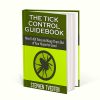
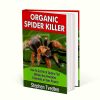
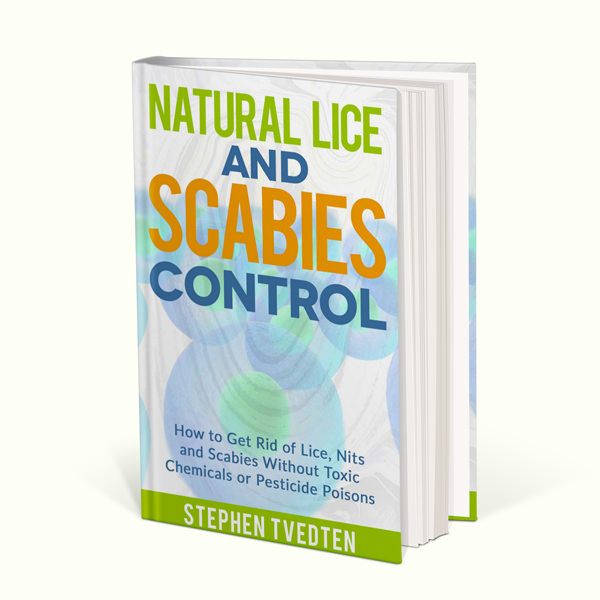


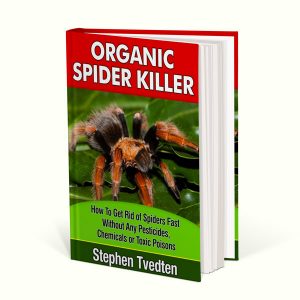
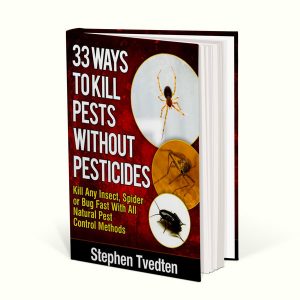
Reviews
There are no reviews yet.